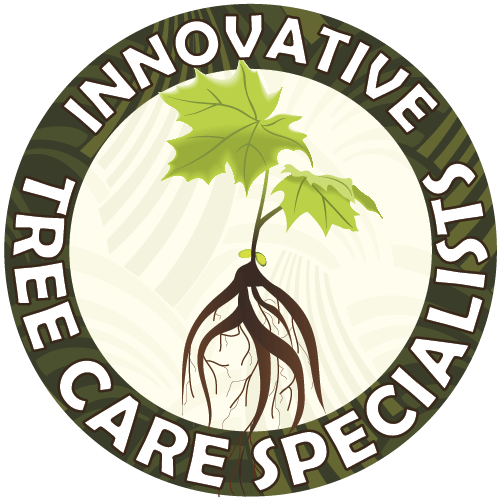
Abiotic Disorder Management
Tree Problems Unrelated to Diseases or Pests
There are a wide variety of abiotic, or non-living, stressors that can also impact tree health. This is especially true in the urban environment.
Abiotic conditions are commonly a primary cause of tree stress, and make the tree vulnerable to secondary stressor establishment (insect, disease, etc.). Homeowners often do notice or identify abiotic stressors preemptively, and call us once they begin seeing more advanced stages of tree decline, or develop problems with insects or disease.
Common Abiotic Tree Stressors
Girdling Root
Some abiotic factors affecting trees and predisposing them to poorer long-term outcomes include:
Soil compaction
Construction damage
Stem girdling roots
Herbicide or salt damage
Pollution exposure
Mechanical damage (i.e. lawn mower, string trimmer, construction equipment, etc.)
Temperature extremes or drought
Poor drainage of root system
Improper planting techniques
Lightning strikes
Root Pruning
Solving Abiotic Tree and Shrub Problems
While some of these conditions are difficult or impossible to correct (i.e. pollution in your area), a number of them can be mitigated to manageable levels for the tree, or proactively corrected.
Abiotic conditions tend to be more chronic (i.e. get worse over time), though some can be acute (i.e. herbicide damage). Abiotic conditions caused by new soil compaction, root damage, or other construction damage may not even be visible in the upper canopy for up to 5-7 years.
If you are noticing any decline in your tree, have plans for a new construction project, or would just like your tree site assessed, contact us for a site consultation and assessment. Proactively catching and managing abiotic conditions, whenever possible, will help ensure your tree remains healthy and vigorous.
